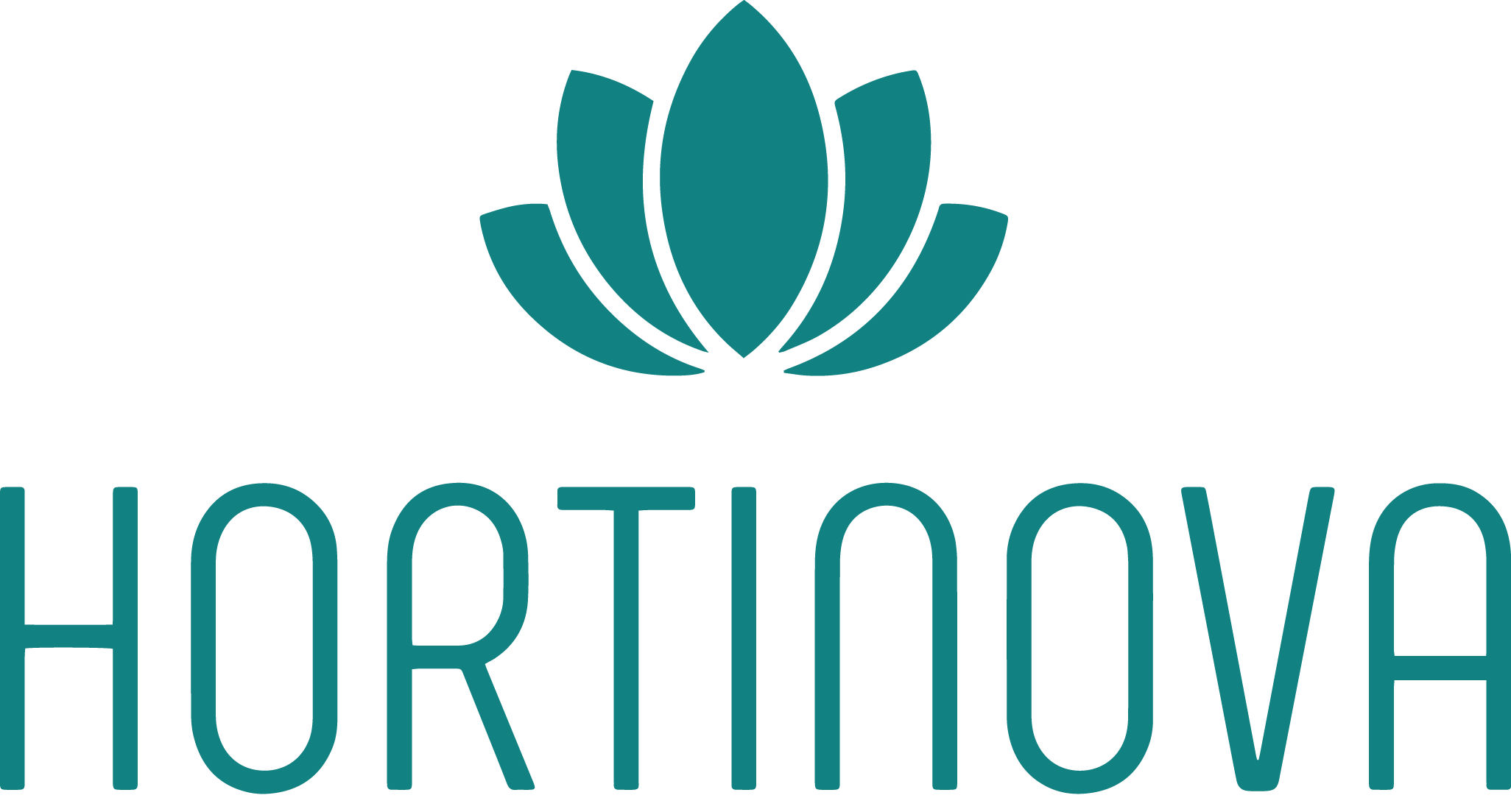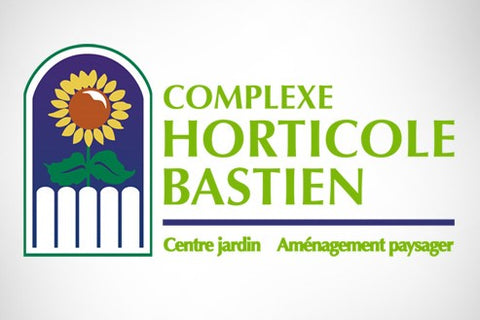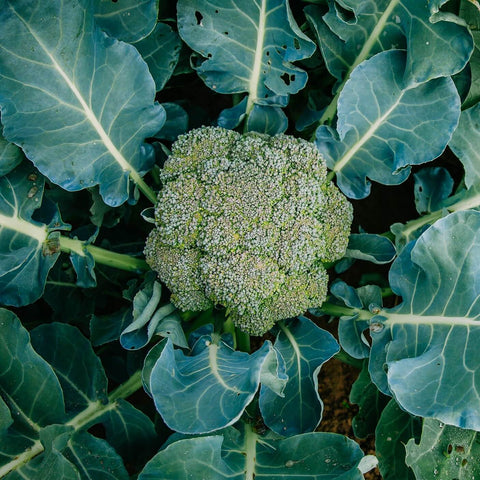
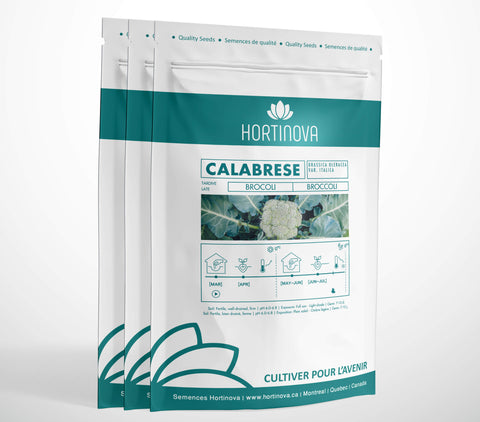
Hortinova
CALABRESE - Open Pollinated Heirloom Broccoli Seeds
Brassica oleracea var. italica
- Late maturity: 85 – 90 days.
- Large sized head.
- Heirloom variety of Italian origin
- Rich flavor.
- Open-pollinated seeds.
- Natural, Untreated, Non-GMO Seeds.
Broccoli seeds are capable of germinating in soil temperatures as low as 40°F (4°C), but warmer soil is preferred and will greatly speed up development.
For spring plantings, broccoli may be started indoors or outdoors a few weeks ahead of your last spring frost date. Start seeds indoors 6 to 8 weeks before your last frost date and plant transplants that are 4 to 6 weeks old (and have 4 or 5 leaves) outdoors, 12 to 20 inches apart, in holes slightly deeper than their container depth. Sow seeds outdoors 2 to 3 weeks before your last frost date, or as soon as the soil can be worked in the spring by sowing seeds 1/2-inch deep and 3 inches apart.
For fall plantings (best in warm climates), sow seeds outdoors 85 to 100 days before the first fall frost, when soil and ambient temperatures are high.
THIN: Once seedlings reach a height of 2 to 3 inches, thin them so that plants are 12 to 20 inches apart.
TRANSPLANT: If you started seeds indoors, plant seedlings that are 4 to 6 weeks old (and have 4 or 5 leaves) outdoors, 12 to 20 inches apart, in holes slightly deeper than their container depth. Space rows of broccoli 3 feet apart. (Closer spacing yields smaller main heads, but more secondary heads.) Water well at the time of planting. To increase fertility before you plant, in early spring, work in 2 to 4 inches of rich compost (humus) or a thin layer of manure. The soil pH should ideally be slightly acidic, between 6.0 and 7.0. Broccoli should be planted in a site that gets full sun (6 to 8 hours of sunlight per day). Plant in a bed of moist, fertile soil that drains well.
TEMPERATURE: Broccoli is a cool-season crop, so it should be started in early- to mid-spring (depending on your climate) for an early summer crop, or in mid- to late summer for a fall crop. High temperatures will affect development of the broccoli head (the harvestable part), so the goal is to get broccoli to mature before or after high temperatures are expected.
WATER AND FEED: Fertilize broccoli three weeks after transplanting seedlings into the garden. Use a low-nitrogen fertilizer, such as a 5-10-10 formula. Provide consistent soil moisture with regular watering, especially in drought conditions. Water at least 1 to 1 1/2 inches per week. Do not get developing broccoli heads wet when watering, as it can encourage rot. To promote the growth of a second head after the first has been harvested, maintain an active feeding and watering schedule.
PROTECT: Roots are very shallow, so try not to disturb the plants. Suffocate weeds with mulch. Mulching around plants will also help to keep soil temperatures down. Use row covers to minimize pests.
Harvest broccoli in the morning, when the buds of the head are firm and tight, just before the heads flower. If you do see yellow petals, harvest immediately, as the quality will decrease rapidly. Cut heads from the plant, taking at least 6 inches of stem. Make a slanted cut on the stalk to allow water to slide away. Most varieties have side-shoots that will continue to develop after the main head is harvested. You can harvest from one plant for many weeks, in some cases, from spring to fall, if your summer isn’t too hot.
Let customers speak for us
from 2 reviewsTRISTAN F1 - Hybrid Summer Squash Seeds

KOSAK - Open Pollinated Red Beet Seeds

